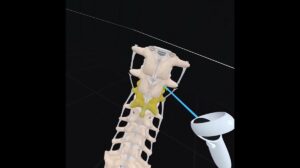NEW YORK (Reuters Health) – As indicators of arousal, elevations in the heart and respiration rates immediately after a traumatic event are predictive of future posttraumatic stress disorder (PTSD), Australian researchers report.
“Fear-conditioning models posit that increased arousal at the time of trauma predicts subsequent PTSD. This multisite study evaluated the extent to which acute heart rate and respiration rate predict subsequent chronic PTSD,” Dr. Richard A. Bryant, from the University of New South Wales, Sydney, and colleagues state.
The study featured 955 patients who were seen immediately after a traumatic injury at four centers in Australia from April 2004 to February 2006; the patients were then evaluated 3 months later for PTSD using the Clinician-Administered PTSD Scale-IV. The patients were also screened major depressive disorder using the Mini-International Neuropsychiatric Interview.
PTSD was identified in 90 patients (10%) and major depressive disorder in 159 (17%). The average heart rate at the time of the event in PTSD patients was higher than that in non-PTSD patients, 90.16 vs. 84.84 beats/min (p < 0.01), as was the respiration rate, 20.24 vs. 18.58 breaths/min (p < 0.001).
By contrast, heart rate and breathing rate did not differ significantly by depression status, according to the report in the November issue of the Journal of Clinical Psychiatry.
A heart rate of at least 96 beats/min increased the odds of PTSD by 2.12-fold and a respiration rate of 22 breaths/min increased the odds by 2.42-fold.
“This study provides the first large-scale multisite evidence that elevated heart rate and respiration rate in the immediate aftermath of traumatic injury are associated with subsequent PTSD,” the authors emphasize.
Nonetheless, there is insufficient evidence to start using heart and breathing rates as screening tools for PTSD. The findings do, however, suggest possible starting points for examining the mechanisms that underlie this disorder.
Reference:
J Clin Psychiatry 2008;69:1694-1701.




